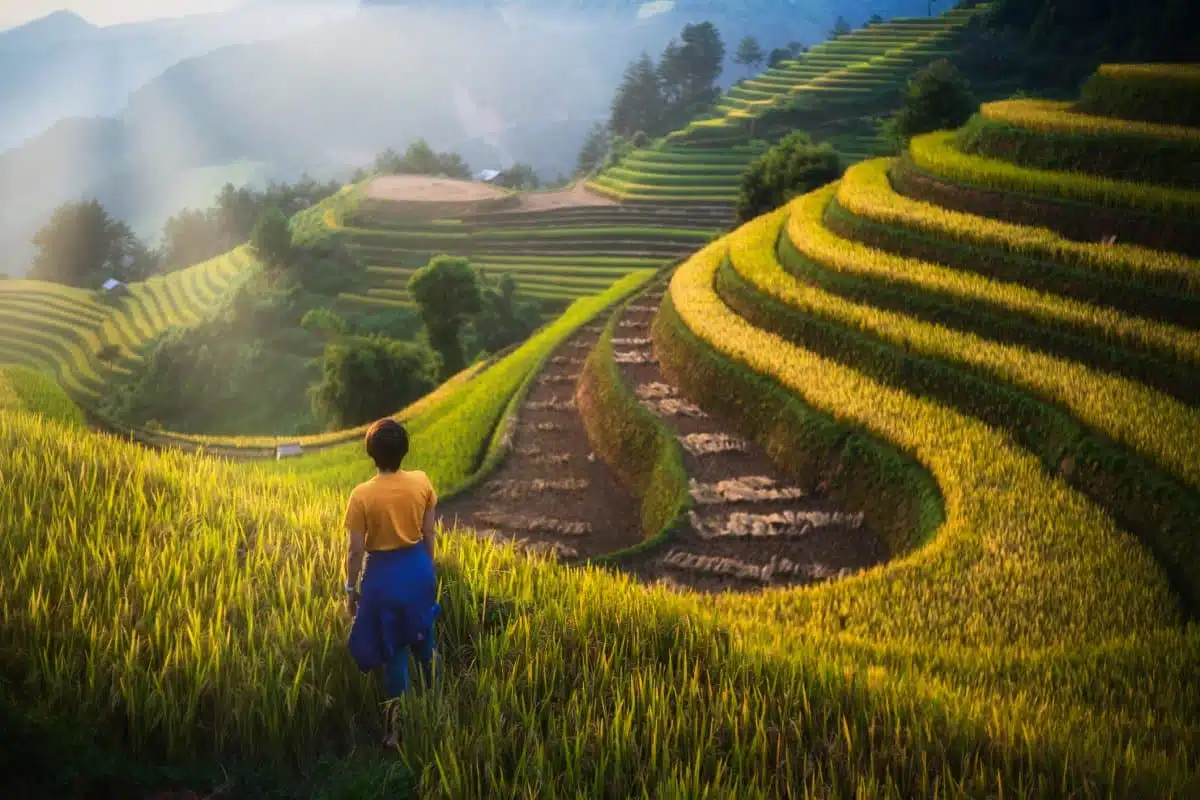Trekking Through History – Veteran-Led Journeys in Vietnam and Cambodia presents a unique way to explore the landscapes and histories of countries like Vietnam and Cambodia. These tours, guided by those who once walked these lands under very different circumstances, offer an unparalleled insight into the region’s tumultuous pasts and rich cultures. Veterans turned peace ambassadors and storytellers lead adventurers through jungles, up mountains, and across fields, sharing personal anecdotes and historical context that transform the terrain into living history. This guide explores various destinations within Vietnam and Cambodia, each with its own story and natural beauty, providing a comprehensive look at what makes these trekking tours an unforgettable experience. From the dense forests of the Ho Chi Minh Trail to the ancient temples of Angkor Wat, travelers are invited to step off the beaten path and journey through time, led by those who know these paths best.
1. Ho Chi Minh Trail, Vietnam
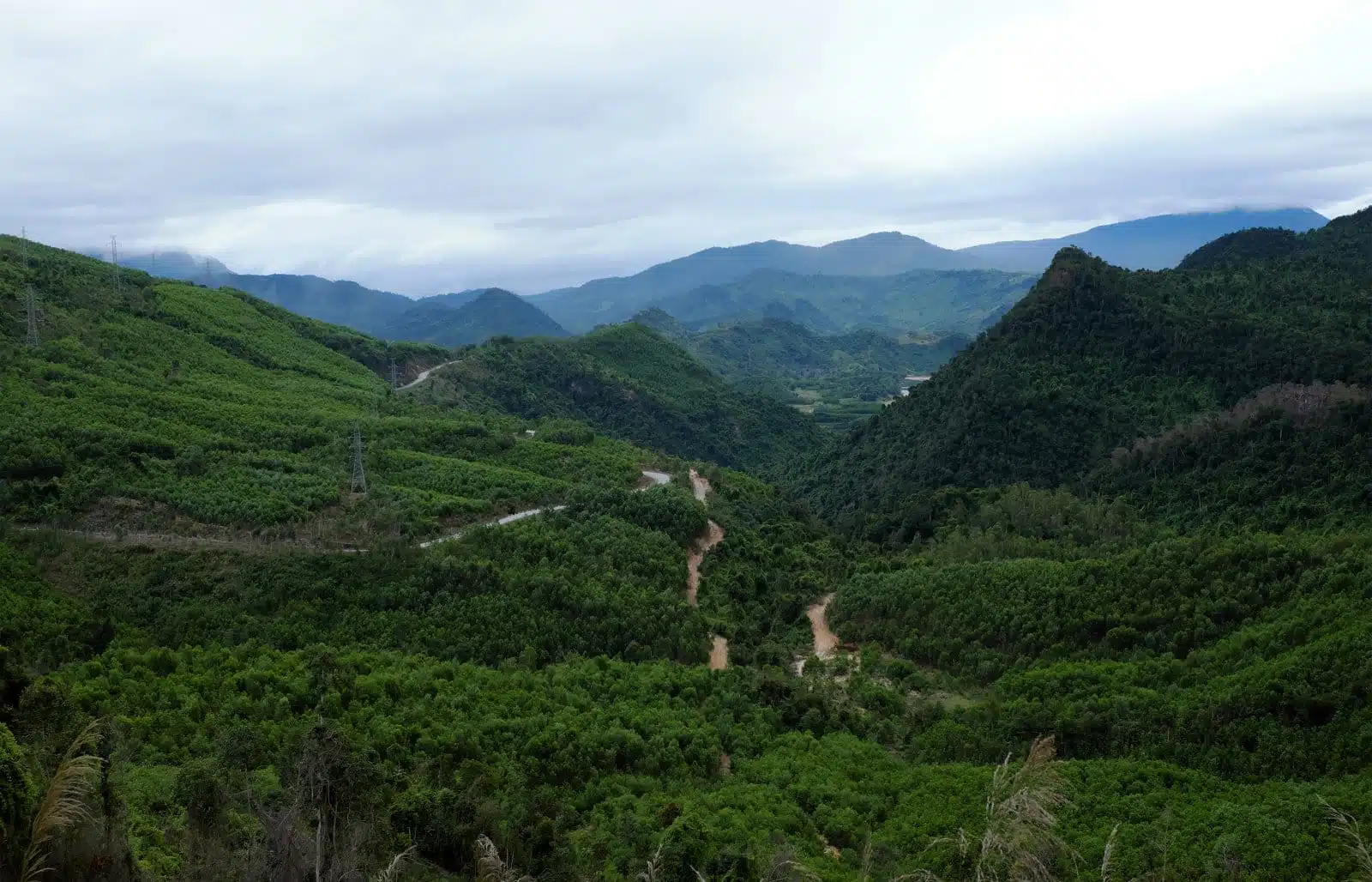
Image Credit: Shutterstock / xuanhuongho
The Ho Chi Minh Trail, once a strategic supply route for the North Vietnamese, has been transformed into a path of discovery and reconciliation. Veterans who navigated this labyrinth during the war now guide trekkers through the dense jungles and rugged terrain, offering insights into the ingenuity and resilience of the Vietnamese people. The trail spans a significant portion of Vietnam, with various entry points offering different difficulty levels and exploration. Along the way, hikers can expect to encounter hidden bunkers, unspoiled natural landscapes, and remnants of the past that tell the story of Vietnam’s struggle for independence.
Insider’s Tip: Engage with your guide and ask about their personal experiences. Many veterans are open to sharing stories that provide a deeper understanding of the sites you visit.
When to Travel: The best time to hike the Ho Chi Minh Trail is from November to April, during the dry season, when the paths are more accessible, and the weather is cooler.
How to Get There: Most tours begin in Hanoi or Ho Chi Minh City, both accessible by international flights. From there, transportation to the trail’s starting points can be arranged through the tour operators.
2. Angkor Wat, Cambodia
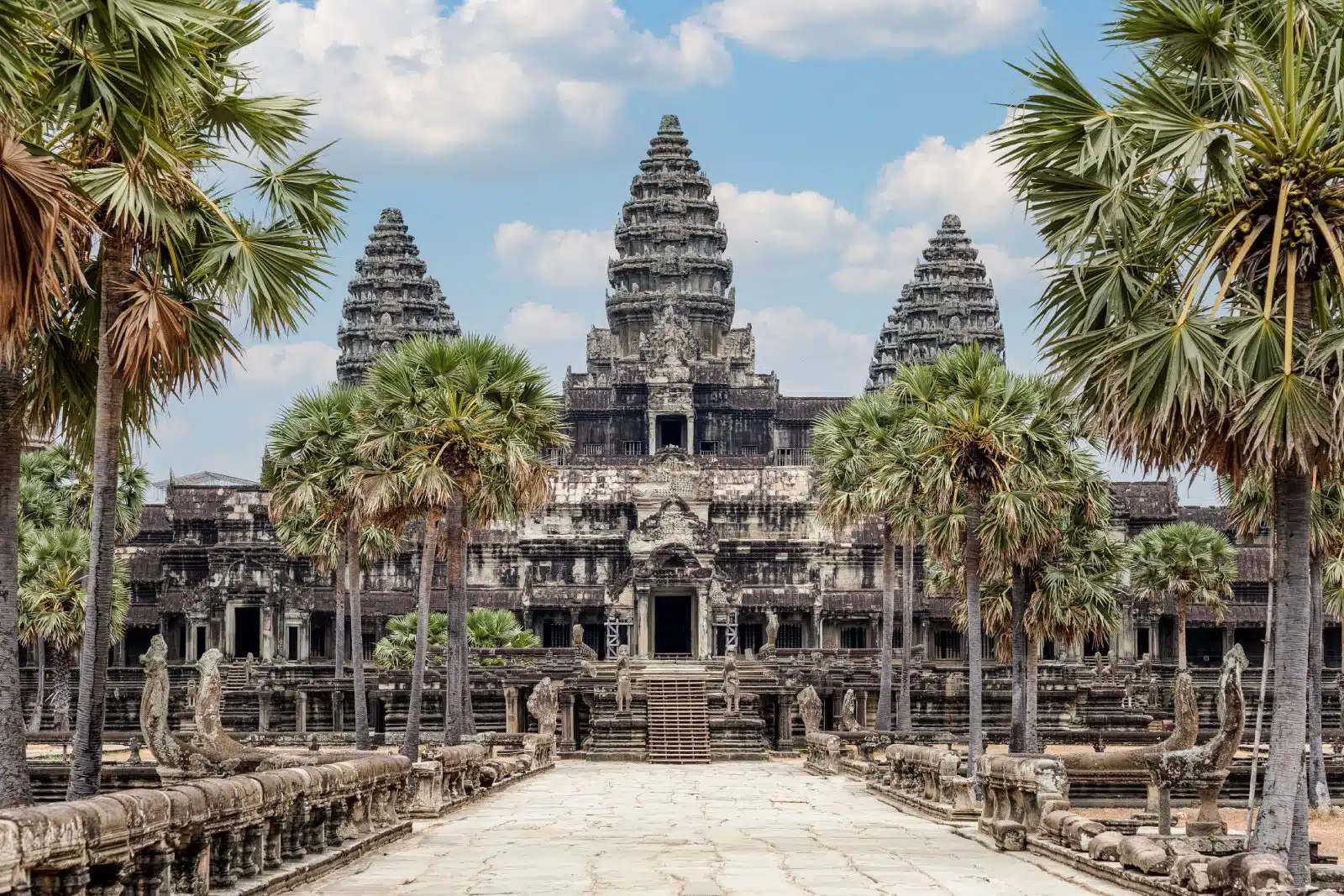
Image Credit: Shutterstock / Mirco Gabriel
Trekking through the Angkor Wat complex with a veteran offers a unique perspective on these ancient temples. Beyond the architectural feats and historical significance, veterans share stories of Cambodia’s more recent past, including the Khmer Rouge regime and its impact on the country. The trek covers various temples, from the iconic Angkor Wat to the overgrown ruins of Ta Prohm, providing a comprehensive look at Khmer history and culture. The journey is not just about exploring ancient ruins but understanding the resilience of the Cambodian people through the eyes of those who lived through its most challenging periods.
Insider’s Tip: Start your trek early in the morning to avoid the crowds and the heat. Sunrise at Angkor Wat is not to be missed and offers a moment of profound peace and beauty.
When to Travel: The ideal time to visit Angkor Wat is from November to February when the weather is dry and cool, making for a more comfortable trekking experience.
How to Get There: Siem Reap is the gateway to Angkor Wat, with its airport welcoming flights from various international and regional destinations. Tour operators typically arrange transportation from Siem Reap to the temple complex.
3. Cu Chi Tunnels, Vietnam
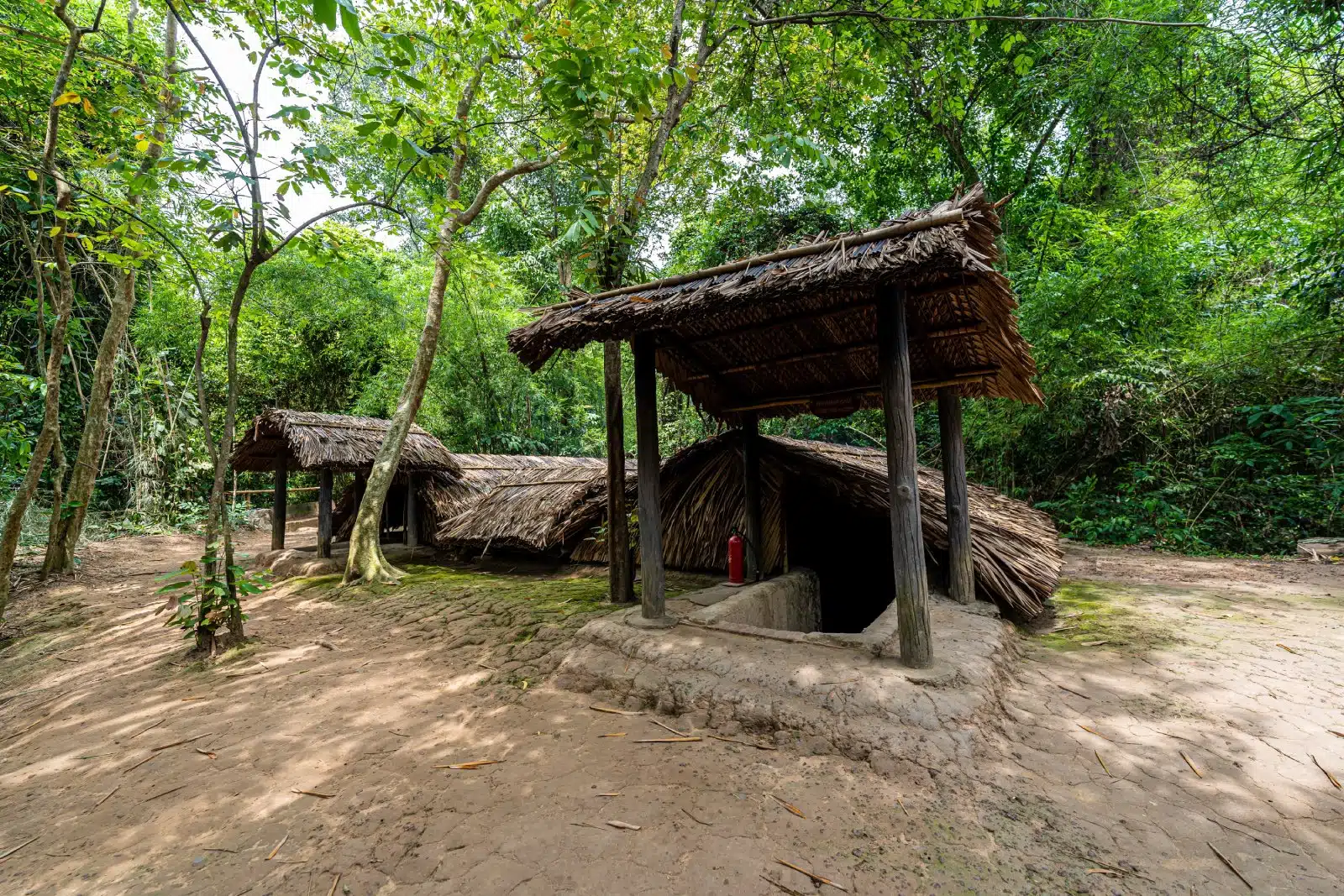
Image Credit: Shutterstock / CravenA
The Cu Chi Tunnels, a network of underground passageways used by the Viet Cong, provide a stark reminder of the ingenuity and determination of the Vietnamese forces. Trekking tours led by veterans offer an authentic account of the tunnels’ significance and use during the war. Visitors have the opportunity to explore sections of the tunnels, learning about the living conditions, booby traps, and survival strategies employed by the soldiers. The experience is both educational and emotional, bridging past and present as veterans recount their experiences and the impact of the war on Vietnam’s landscape and people.
Insider’s Tip: Wear comfortable clothing and be prepared for tight spaces if entering the tunnels. Listening devices are often provided, but asking questions directly can enrich the experience.
When to Travel: The dry season, from December to April, is the best time to visit the Cu Chi Tunnels, as the ground is firmer and easier to navigate.
How to Get There: The Cu Chi Tunnels are located about 40 kilometers northwest of Ho Chi Minh City. Tours can be arranged in the city, with transportation to and from the tunnels included.
4. Khe Sanh, Vietnam
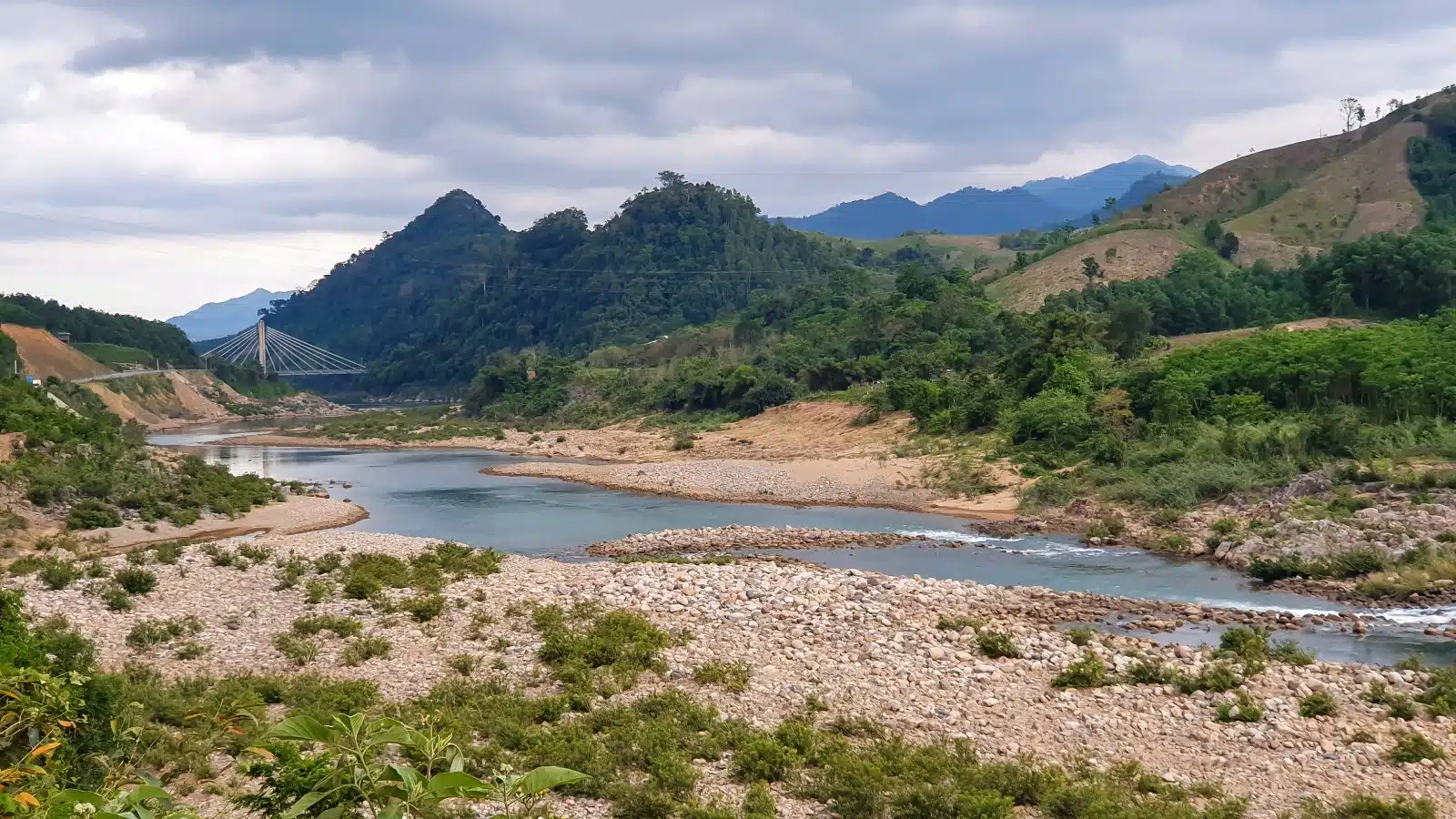
Image Credit: Shutterstock / Duc Huy Nguyen
The site of one of the longest and most controversial battles of the Vietnam War, Khe Sanh, offers a poignant backdrop for trekking tours led by veterans. The area, now peaceful and slowly returning to nature, still bears scars of the conflict, with bomb craters and remnants of fortifications dotting the landscape. Veterans share personal accounts of the siege, the tactical decisions made, and the psychological impact of the battle, providing a deeply human perspective on the events that unfolded. The surrounding countryside, with its coffee plantations and ethnic minority villages, also offers insights into this historically significant region’s current way of life.
Insider’s Tip: Visit the Khe Sanh Combat Base museum to see photographs, maps, and relics from the battle before starting your trek. It provides context that will enhance your understanding of the area.
When to Travel: The best time to visit Khe Sanh is during the dry season, from November to April, when the weather is more favorable for trekking.
How to Get There: Khe Sanh is accessible from Hue or Da Nang, with tour operators offering transportation as part of the trekking package. Both cities have airports with domestic and some international flights.
5. The DMZ, Vietnam
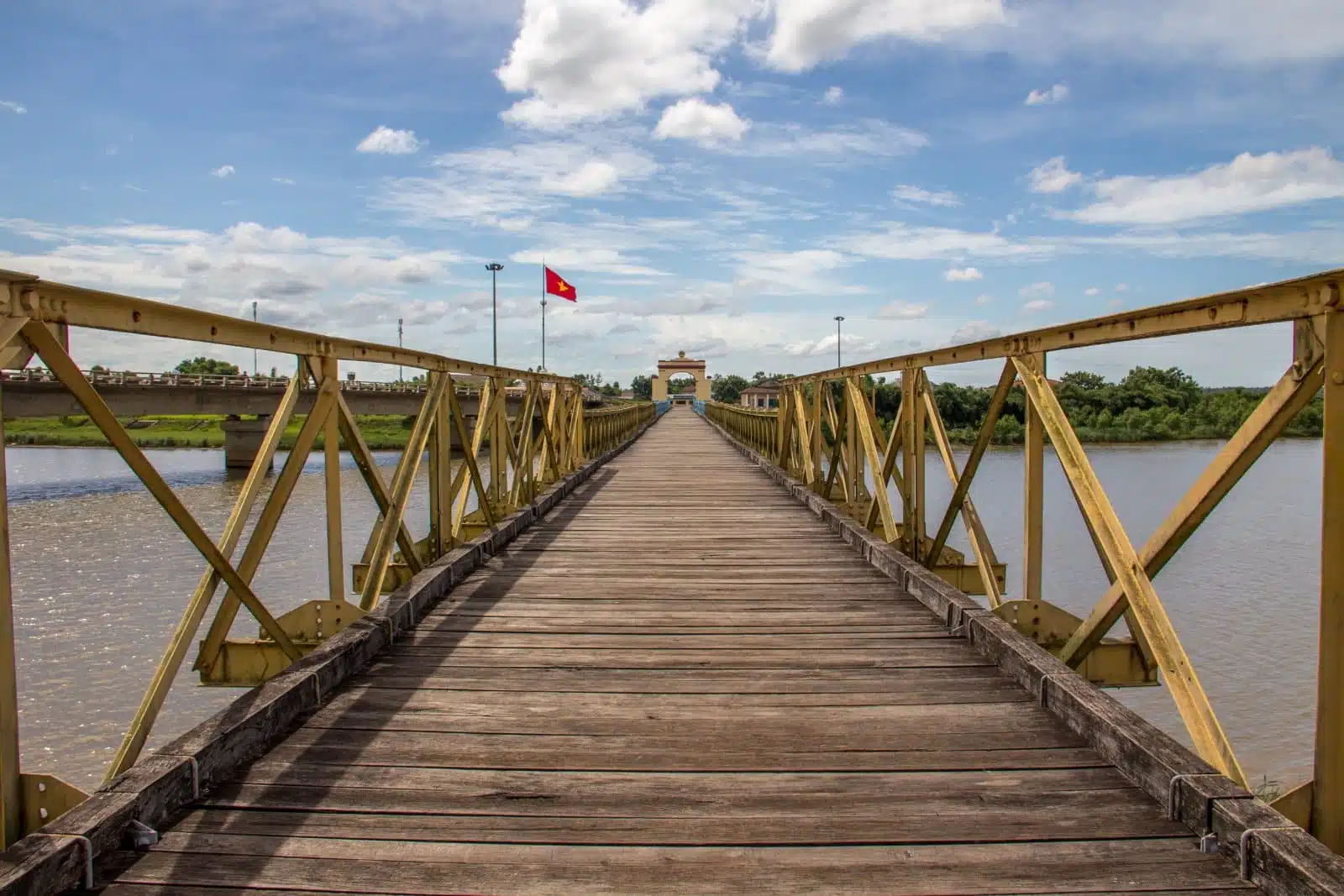
Image Credit: Shutterstock / James Jiao
The Demilitarized Zone (DMZ) in Vietnam, once a buffer zone between North and South Vietnam, is now a powerful symbol of peace and reconciliation. Trekking tours led by veterans through this area offer a unique narrative on the war’s impact on the land and its people. The DMZ’s key sites include the Vinh Moc Tunnels, where entire communities lived underground, and the Hien Luong Bridge, a poignant symbol of division and reunification. These tours explore the physical remnants of the conflict and delve into the stories of endurance and hope that emerged from this once-war-torn region.
Insider’s Tip: Bring a notebook or recording device. The stories your veteran guide shares are invaluable, offering insights you’ll want to reflect on long after your trek concludes.
When to Travel: The cooler, drier months from November to April are the most comfortable for exploring the DMZ, avoiding the intense heat and humidity of the summer months.
How to Get There: The DMZ is accessible from Hue, and many tours start from this central city. Hue is well-connected by air, rail, and road to major cities in Vietnam, making it an accessible starting point for your journey.
6. Battambang, Cambodia
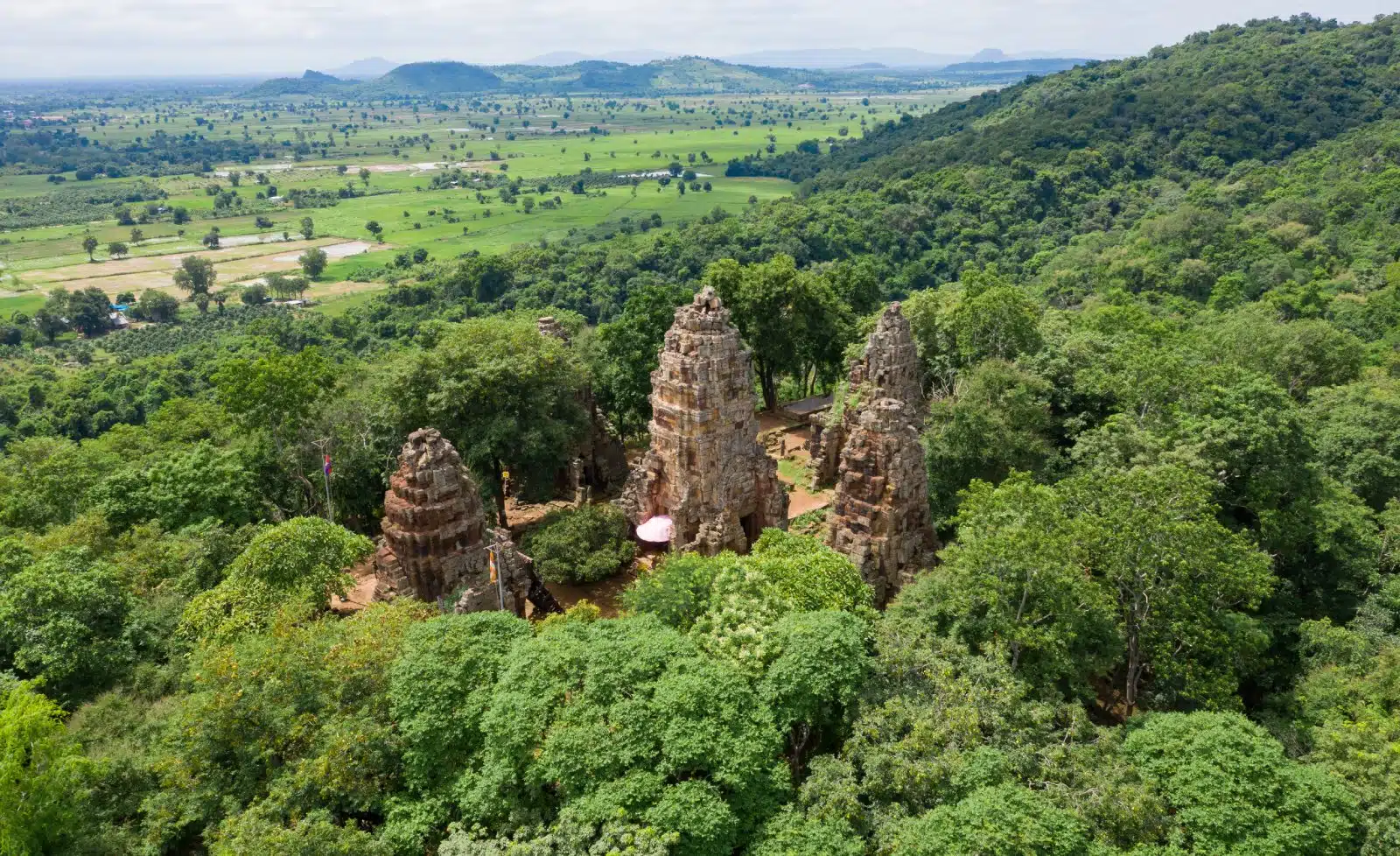
Image Credit: Shutterstock / Nhut Minh Ho
Battambang, Cambodia’s second-largest city, is known for its well-preserved French colonial architecture and its history as a former Khmer Rouge stronghold. Trekking tours in this region, led by veterans, offer a blend of natural beauty and historical exploration. The tours can include visits to Phnom Sampeau, a hill with stunning views and dark history as a site of Khmer Rouge killings, and the nearby Killing Caves. Veterans share their personal stories and historical insights, providing a deeper understanding of Cambodia’s tragic past and its journey toward healing and reconciliation.
Insider’s Tip: Explore the countryside around Battambang on a bicycle in addition to your trek. The rural landscapes and interactions with local communities add another layer to your understanding of the region’s history and culture.
When to Travel: The best time to visit Battambang is during the dry season, from November to May, when the weather is more conducive to outdoor exploration.
How to Get There: Battambang is accessible by road from Phnom Penh and Siem Reap. While there’s no airport in Battambang, buses and private transfers offer convenient options for reaching the city.
7. Phnom Penh, Cambodia
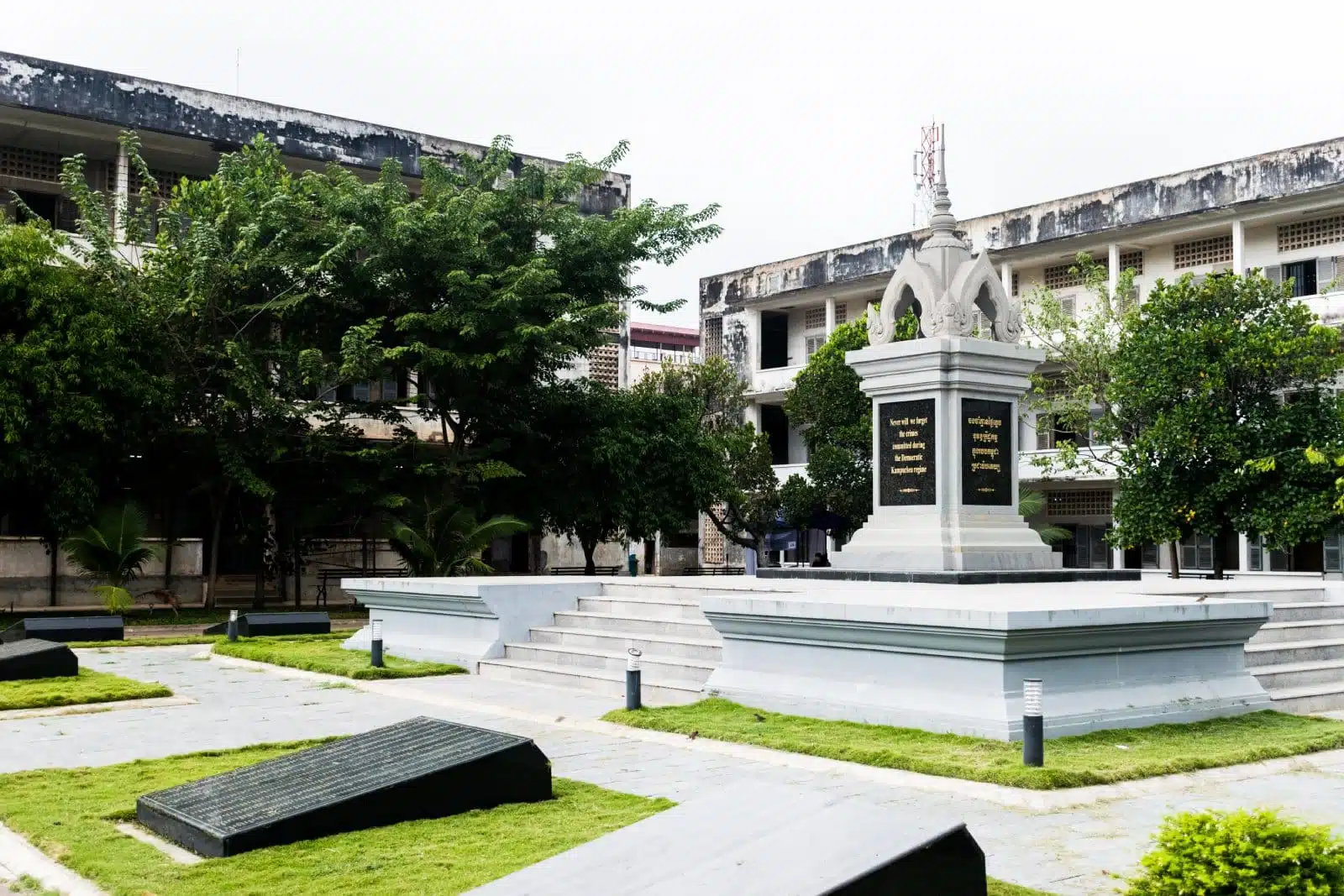
Image Credit: Shutterstock / LivingSync
Phnom Penh, the capital city of Cambodia, offers a stark look into the country’s turbulent history, especially under the Khmer Rouge regime. Veterans lead tours to significant historical sites such as the Tuol Sleng Genocide Museum, a former high school turned into a detention and torture center, and the Choeung Ek Genocidal Center, better known as the Killing Fields. These tours provide a somber yet essential insight into the atrocities committed, emphasizing the importance of remembrance and education to prevent such tragedies from occurring again.
Insider’s Tip: Prepare emotionally for the visit, as the stories and sights can be quite harrowing. Engaging respectfully with the sites and your guide’s stories is crucial for a meaningful experience.
When to Travel: The cooler months from November to February offer a more comfortable climate for exploring Phnom Penh and its surrounding historical sites.
How to Get There: Phnom Penh International Airport welcomes flights from various international and regional destinations, making the city easily accessible for travelers.
8. Sapa, Vietnam
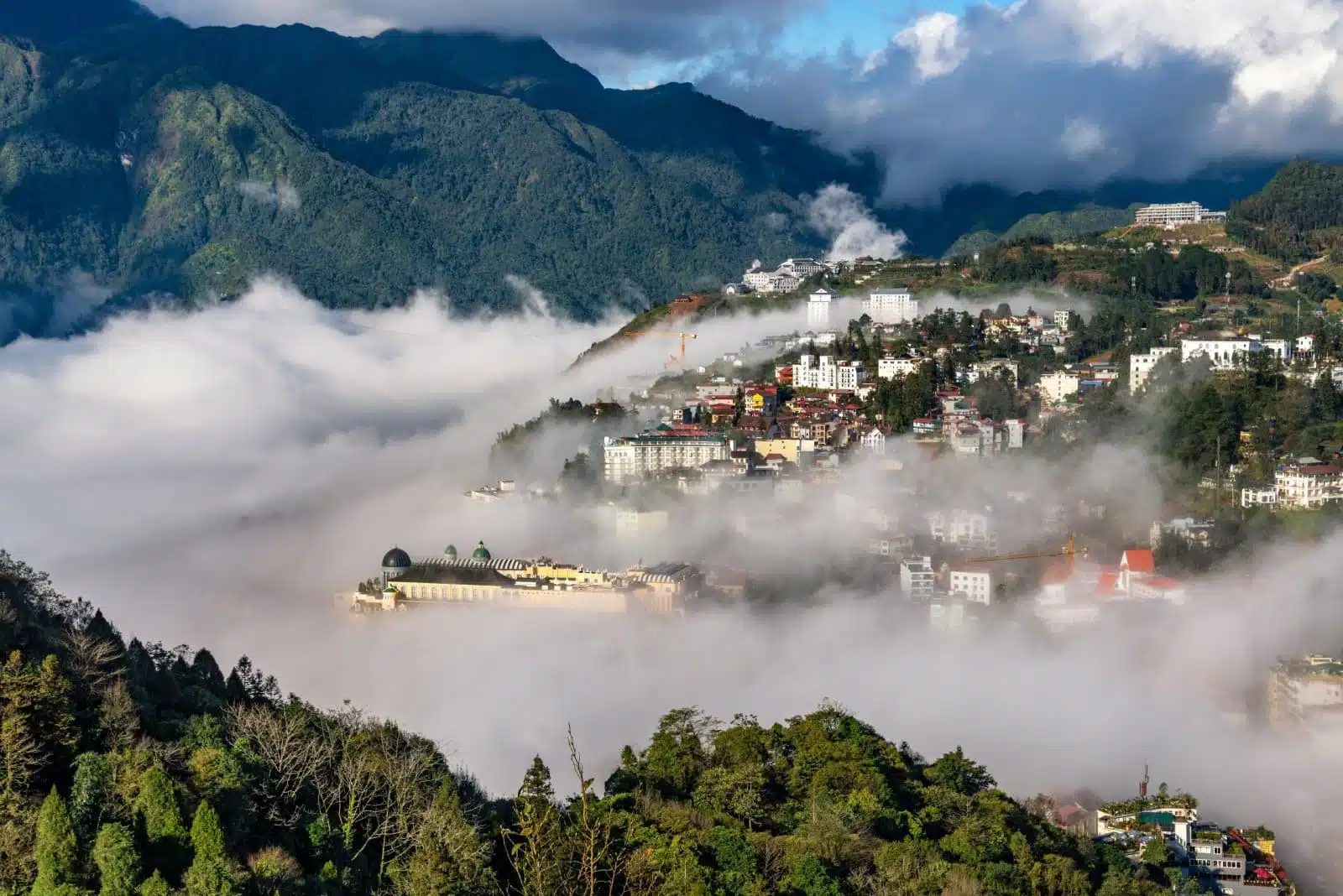
Image Credit: Shutterstock / Dzung Vu
Sapa, located in the northern mountains of Vietnam, is known for its breathtaking landscapes, ethnic minority villages, and terraced rice fields. While not directly related to the Vietnam War, trekking tours in Sapa led by veterans offer an exploration of Vietnam’s diverse cultures and the challenges of mountain warfare. The veterans share insights into these regions’ strategic importance and local communities’ resilience. Trekking routes vary from moderate walks to more strenuous hikes, all offering panoramic views and cultural encounters.
Insider’s Tip: Spend a night in a homestay with a local family. It’s an opportunity to learn about the daily lives and traditions of Vietnam’s ethnic minorities, enriching your trekking experience.
When to Travel: March to May and September to November are ideal for visiting Sapa, with pleasant weather and the rice terraces at their most picturesque.
How to Get There: Sapa is accessible by train from Hanoi to Lao Cai, followed by a short bus or taxi ride to Sapa town. Alternatively, direct buses from Hanoi to Sapa are available.
9. My Son Sanctuary, Vietnam

Image Credit: Shutterstock / upslim
My Son Sanctuary, a UNESCO World Heritage site near Hoi An, is an ancient temple complex that was once the spiritual center of the Champa Kingdom. Veterans leading tours here provide not only historical context about the Champa civilization but also recount the sanctuary’s significance during the Vietnam War, including damage sustained from bombing. The juxtaposition of ancient history and recent conflict offers a unique perspective on Vietnam’s layered past.
Insider’s Tip: Visit early in the morning to avoid the heat and crowds. The soft morning light provides an ethereal atmosphere, perfect for photography.
When to Travel: The best time to visit My Son Sanctuary is from February to April, when temperatures are cooler and the risk of rain is lower.
How to Get There: My Son Sanctuary is located about an hour’s drive from Hoi An. Tours can be arranged in Hoi An, with transportation typically included.
10. The Cardamom Mountains, Cambodia
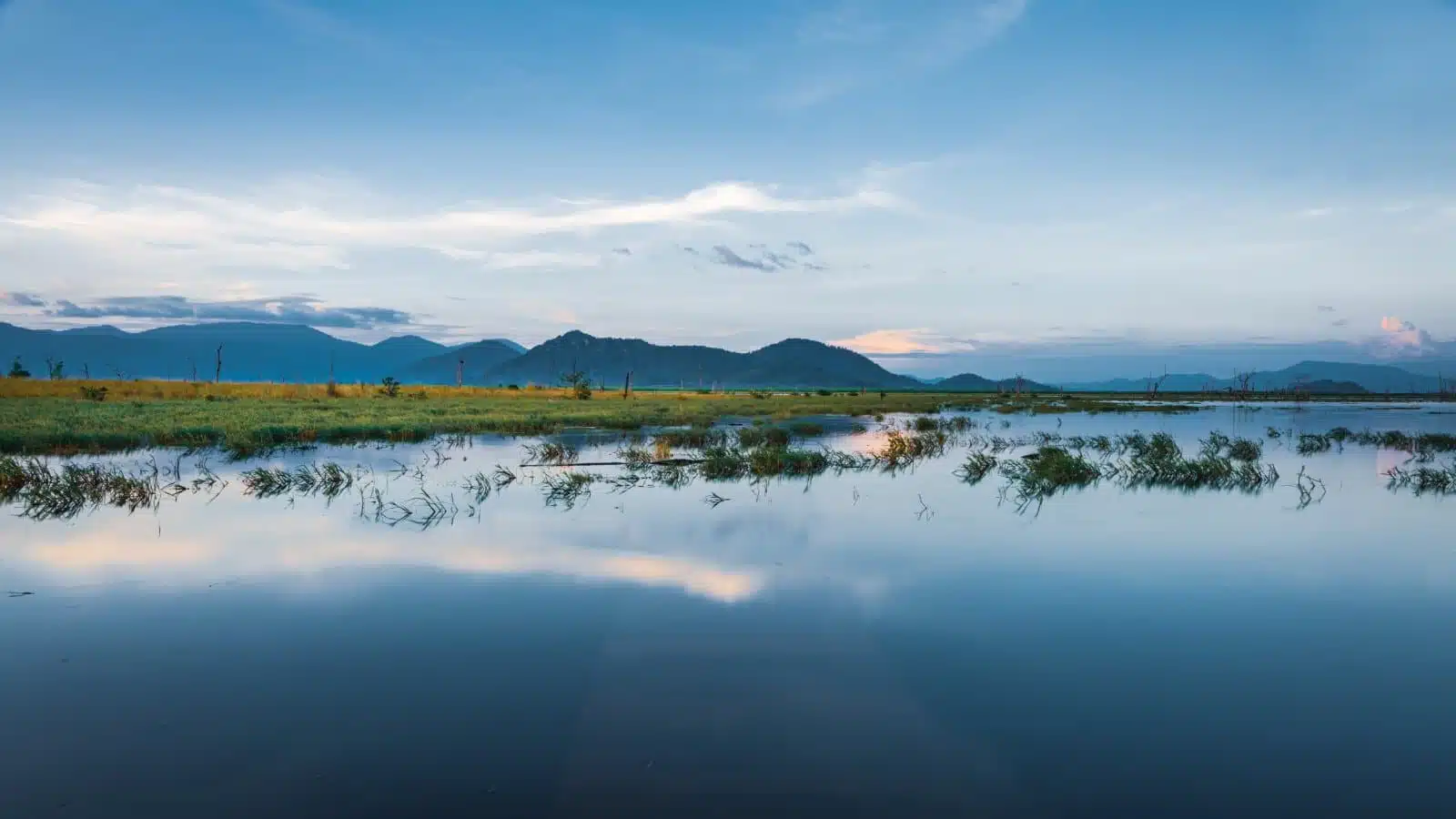
Image Credit: Shutterstock / Pagnarith Sao
The Cardamom Mountains in southwest Cambodia offer one of Southeast Asia’s last unspoiled wilderness areas. Veterans leading treks in this biodiverse region share stories of its strategic importance during Cambodia’s years of conflict and its role as a refuge for endangered wildlife. The dense jungles, waterfalls, and remote villages provide a backdrop for discussions on conservation efforts and the challenges of protecting such a vital ecosystem in the post-conflict era.
Insider’s Tip: Pack sturdy, waterproof hiking boots and be prepared for leeches during the wetter months. The rugged terrain and high humidity demand appropriate gear for a comfortable trek.
When to Travel: The dry season from November to March is the best time to explore the Cardamom Mountains, with clearer trails and less rainfall.
How to Get There: The Cardamom Mountains are most accessible from Phnom Penh or Sihanoukville, with road transfers available to the starting points of treks in the region.
The Bottom Line
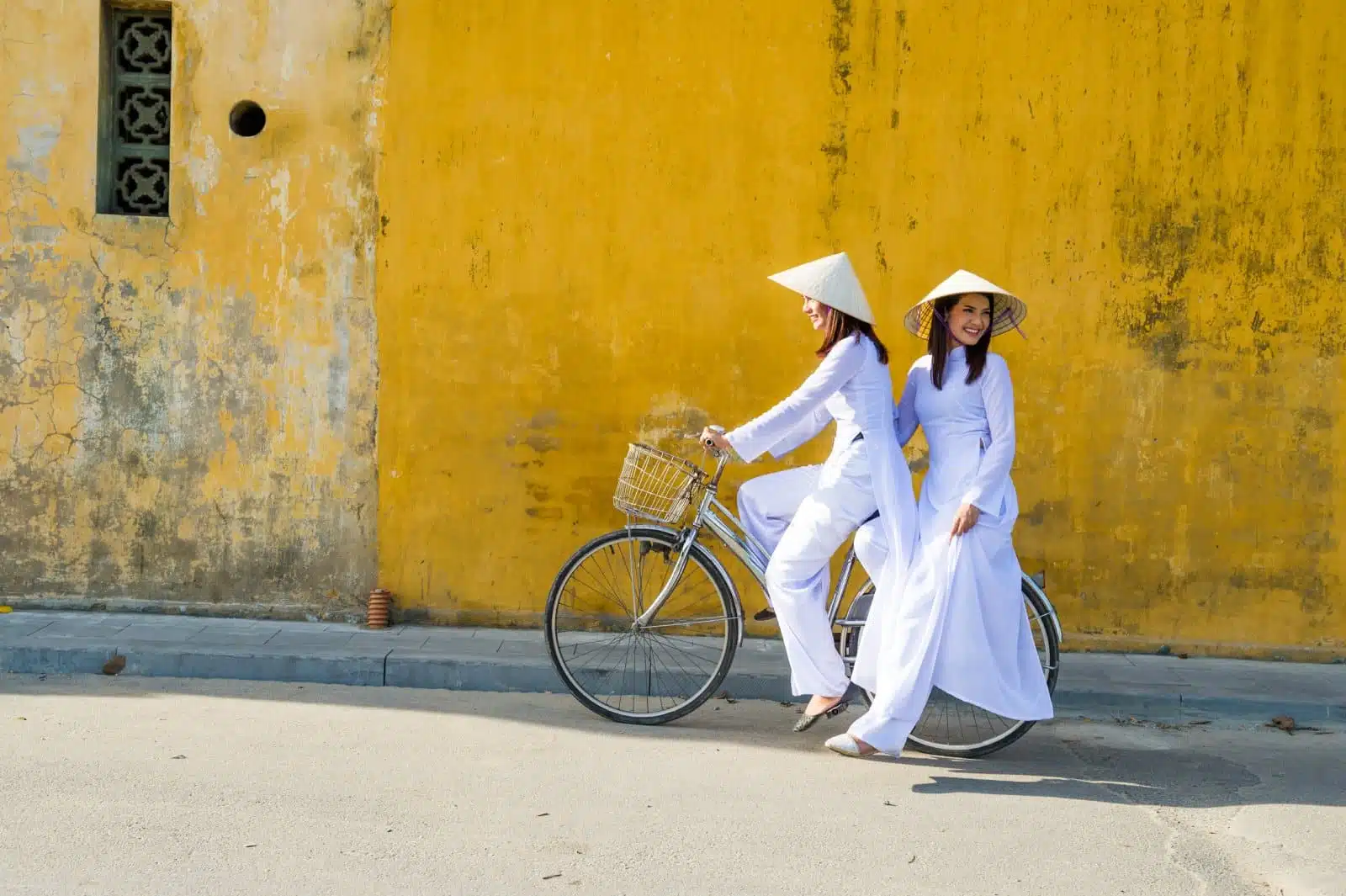
Image Credit: Shutterstock / worradirek
Trekking tours led by veterans offer a unique and profound way to explore these countries. These tours provide insight into the region’s history and culture through the personal experiences of those who lived through significant historical events. From the dense jungles of the Ho Chi Minh Trail to the ancient temples of Angkor Wat, travelers are invited to understand the land’s past, guided by those who know it best. This approach not only enriches the trekking experience but also fosters a deeper appreciation for the resilience and spirit of the local people.
As you journey through these historic landscapes, you’re witnessing the beauty of nature and connecting with the stories that have shaped these nations. This form of travel is more than an adventure; it’s an immersive lesson in history, culture, and the power of reconciliation.
More From The Green Voyage
Top 10 Trending Travel Destinations 2024
6 Essential Banking Apps for International Travel – Managing Your Finances on the Go
Traveling With Kids – 10 Tips to Create Memorable Family Holidays
The post Trekking Through History 2024 – 10 Veteran-Led Journeys in Vietnam and Cambodia first appeared on The Green Voyage.
Featured Image Credit: Shutterstock / Dragonite_East.
For transparency, this content was partly developed with AI assistance and carefully curated by an experienced editor to be informative and ensure accuracy.
Tips for Trip Success
Book Your Flight
Find an inexpensive flight by using Kayak, a favorite of ours because it regularly returns less expensive flight options from a variety of airlines.
Book Your Hotel or Special Accommodation
We are big fans of Booking.com. We like their review system and photos. If we want to see more reviews and additional booking options, we go to Expedia.
You Need Travel Insurance!
Good travel insurance means having total peace of mind. Travel insurance protects you when your medical insurance often will not and better than what you get from your credit card. It will provide comprehensive coverage should you need medical treatment or return to the United States, compensation for trip interruption, baggage loss, and other situations.Find the Perfect Insurance Plan for Your Trip
